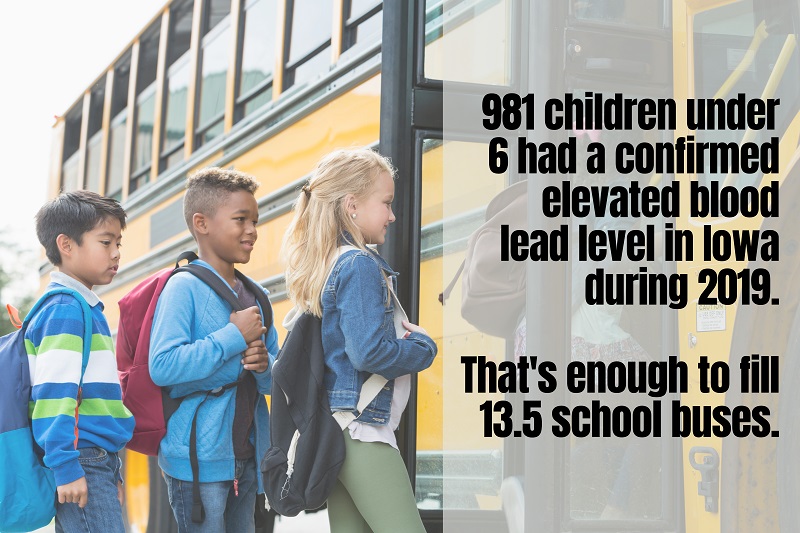 Not Only Paint Chips
Not Only Paint Chips
Children can be poisoned by lead-based paint when it deteriorates and youngsters then eat the chips or inhale the paint dust. We can also absorb lead into our bodies through our skin.
When lead poisons children under age 6, it causes problems with learning, behavior and brain development. Unborn babies of women exposed to lead during pregnancy can have delays in brain development.
Children are sometimes lead-poisoned by playing outside near their house, where old lead-based paint was scraped off and remains in the grass and soil. Touching poisonous chips and dust on the ground will result in the same health damage as eating it.
If your to-do list this summer includes repainting and if your house still has lead-based paint, then use a tarp as you scrape or power wash, and then dispose of the lead paint flakes as hazardous waste.
Selling lead-based paint is illegal in the U.S., but products produced before 1978 or purchased from other countries are still potential lead hazards for children. Years ago, water pipes were sometimes made of lead, and water from these old pipes can cause harmful elevated lead levels in children.
Young children can be damaged by playing with antique or imported toys or cheap jewelry with lead-based paint. Lead is absorbed through the child’s skin, and the younger the child, the more likely they will put the objects into their mouth. See the U.S. Consumer Product Safety Commission website for details.
Eating from food in dishes painted or glazed with lead or drinking from crystal glasses is another risk. Crystal is made with the same ingredients as glass but with added lead-oxide or metal-oxide.
Another risk for accidental exposure to lead could be your hobbies. Does your tacklebox have any lead sinkers? Handling these, and especially putting the sinkers in their mouth can poison a child.
If you create stained glass art, the lead used between pieces of glass is a lead exposure risk. Be sure to keep these materials away from children, and thoroughly wash your hands and change your clothes before holding or playing with kiddos.
The U.S. Consumer Product Safety Commission website contains much information about lead poisoning hazards.
As part of their well child exams, young children should be blood tested for lead exposure at 12 months and again at 24 months. The earlier the lead exposure is identified, the sooner it can be treated in order to minimize the brain damage that lead causes.
Ann Cochran is the health navigation coordinator in the Dallas County Public Health Department.


















